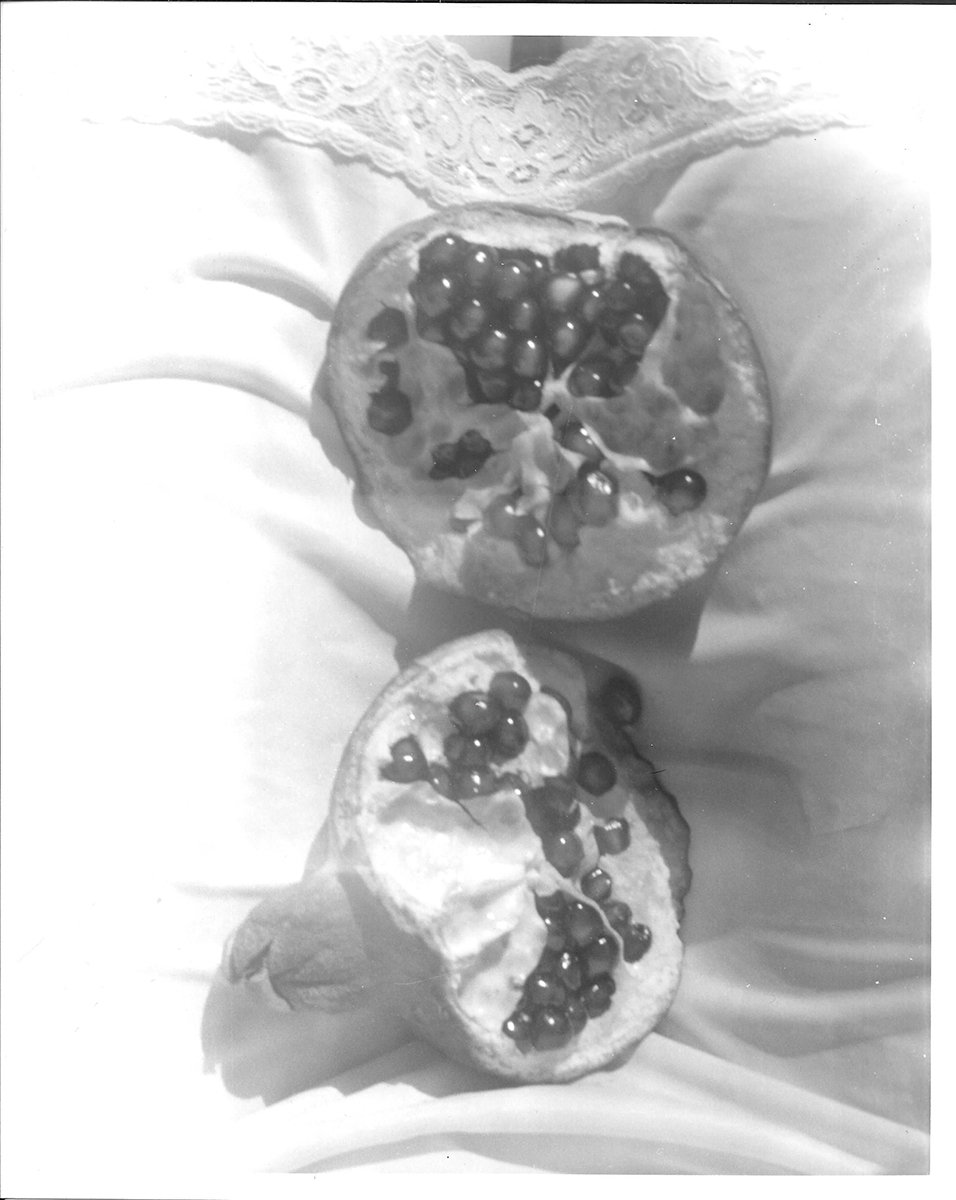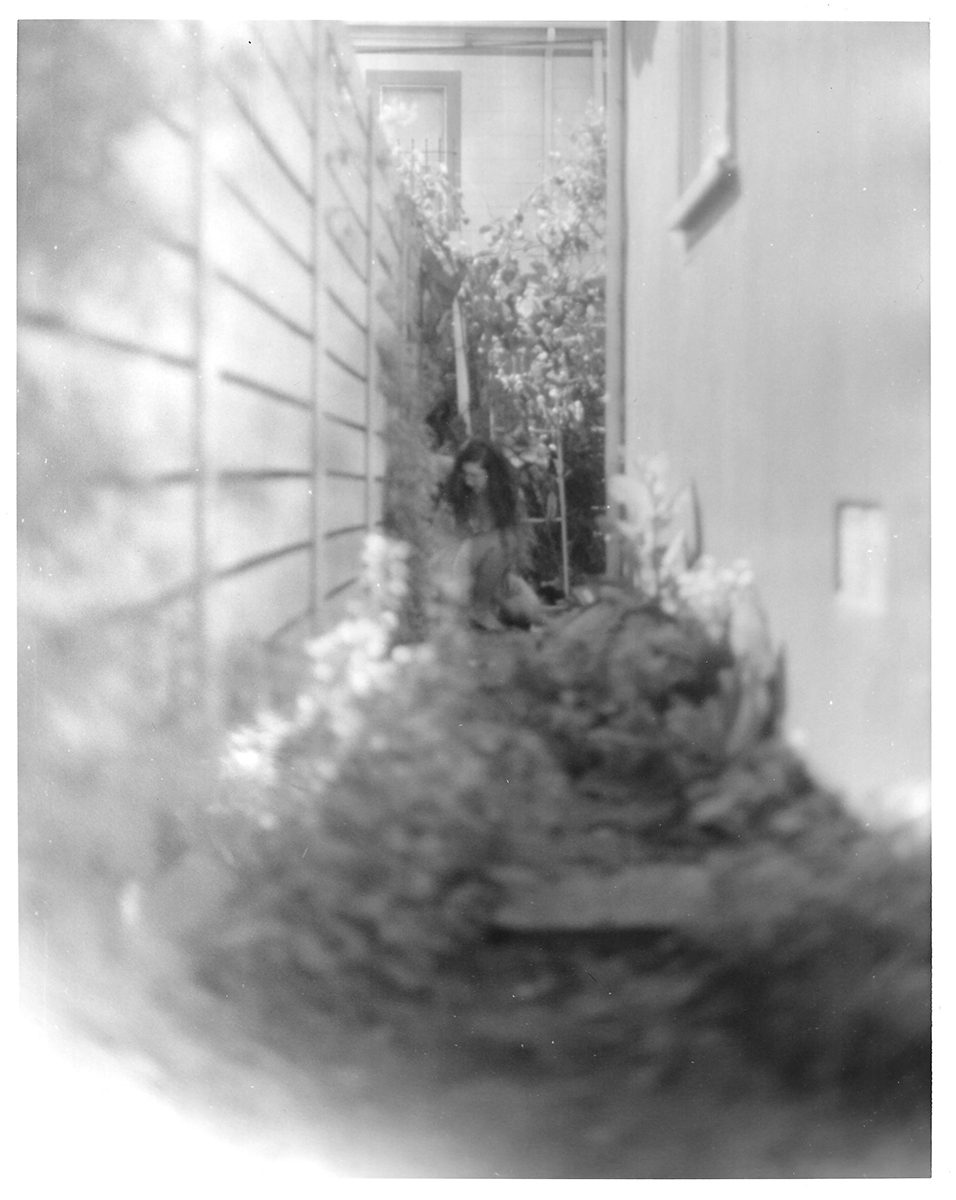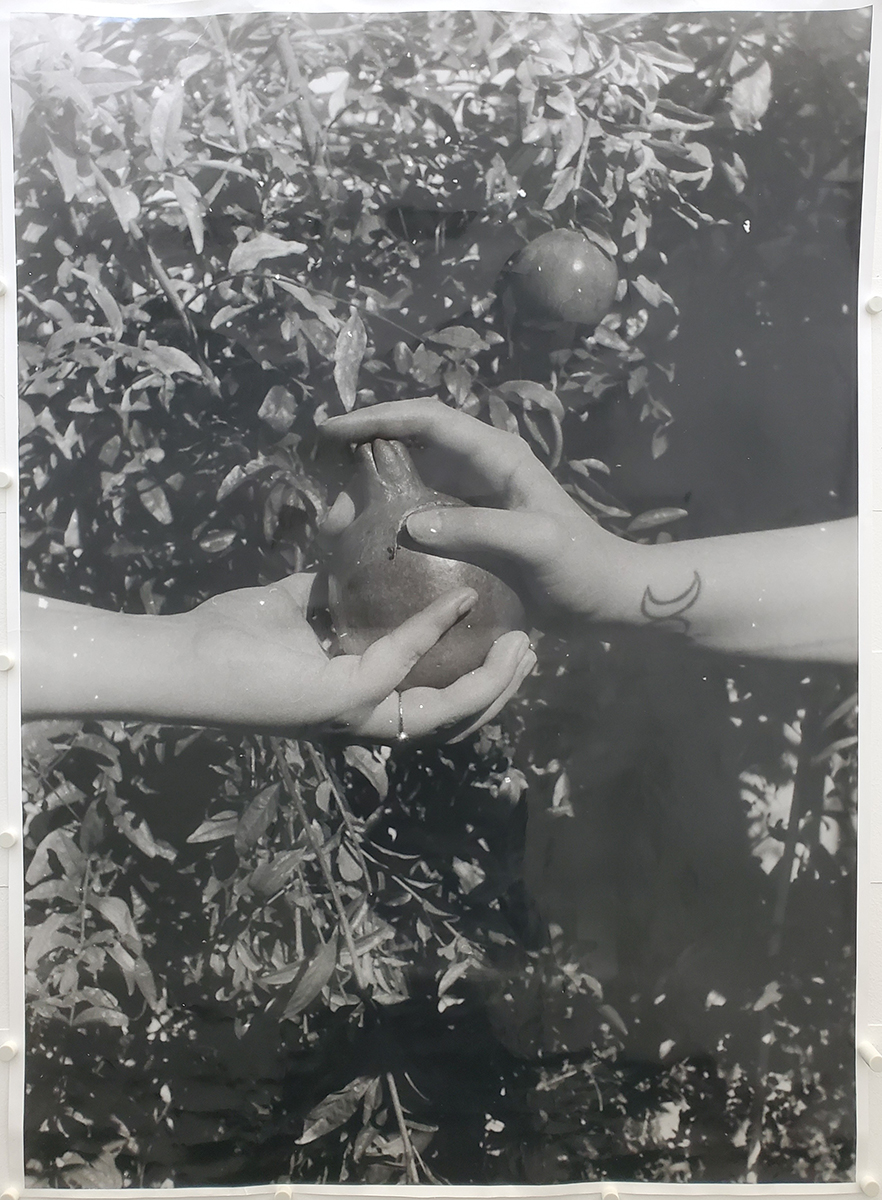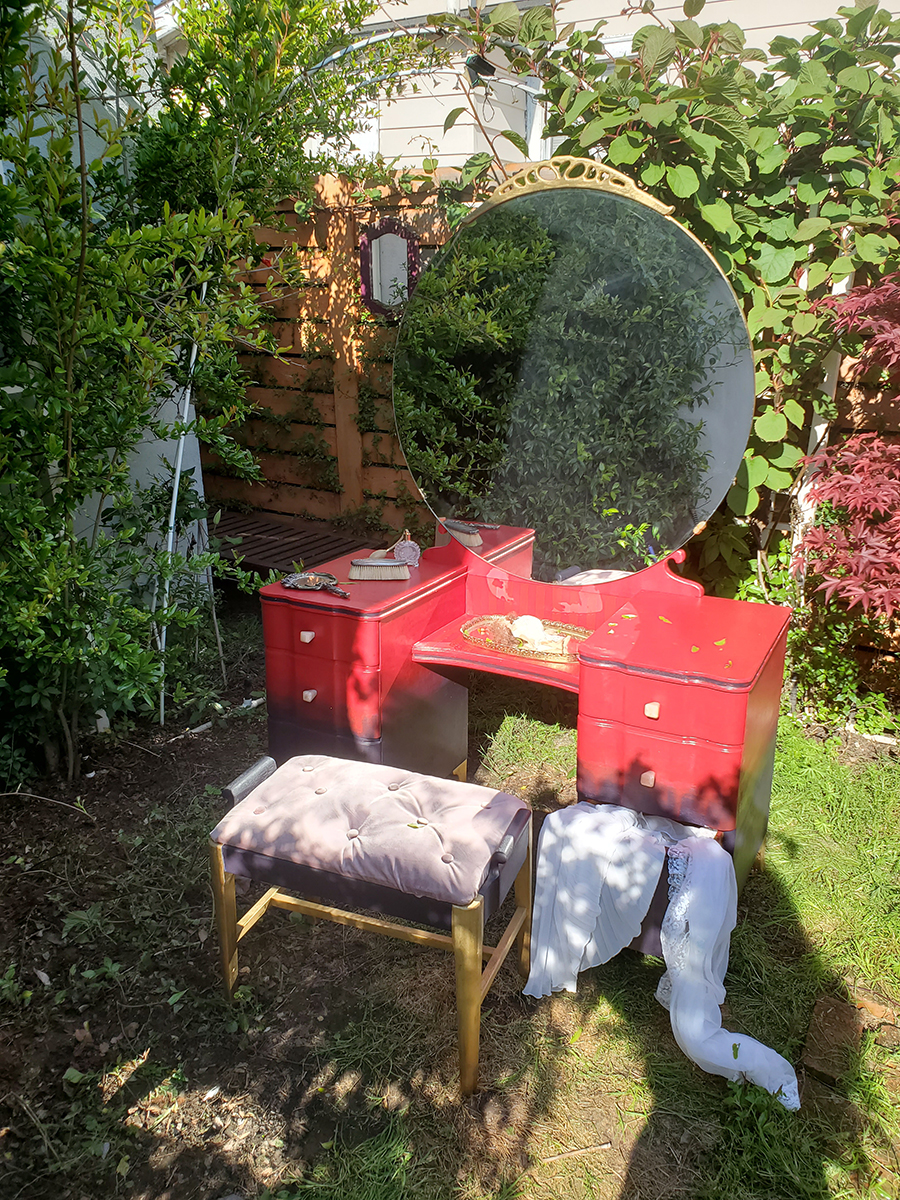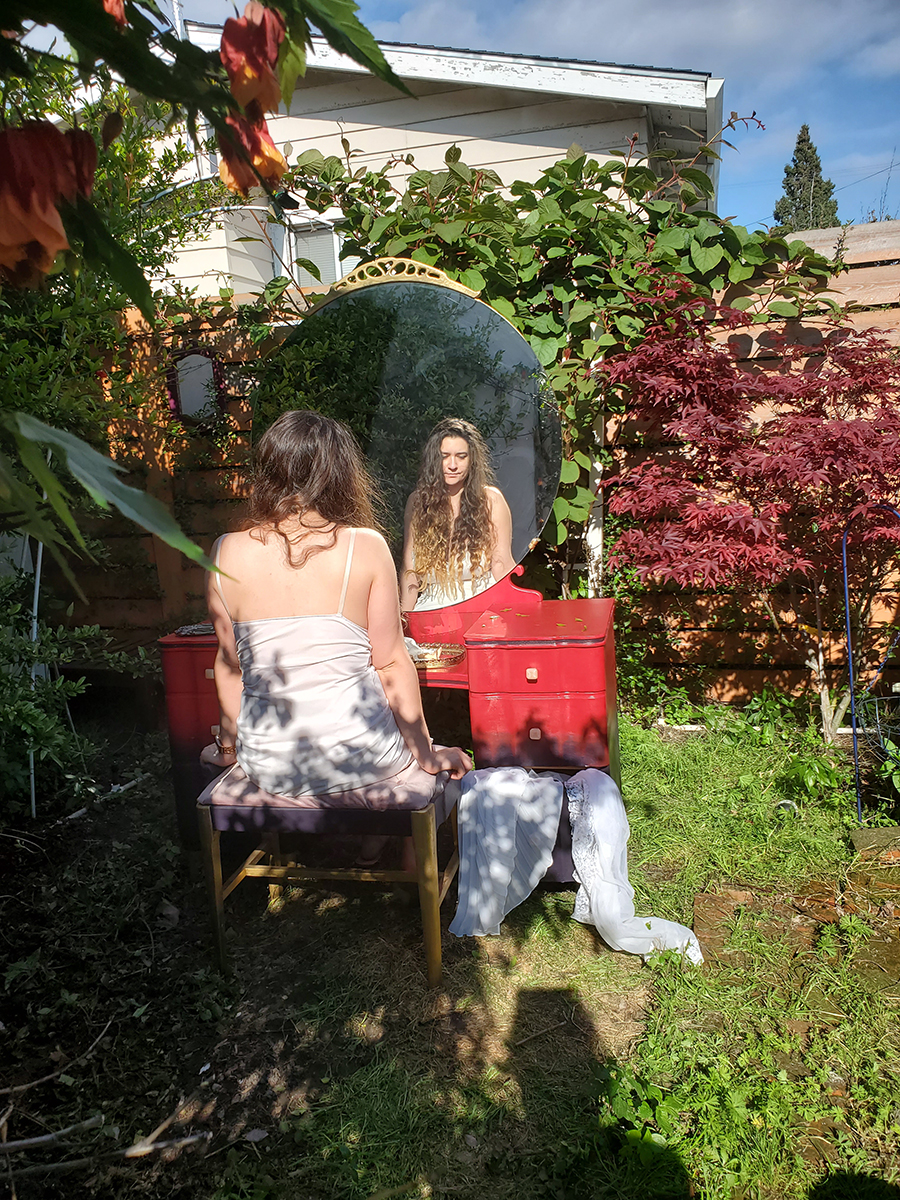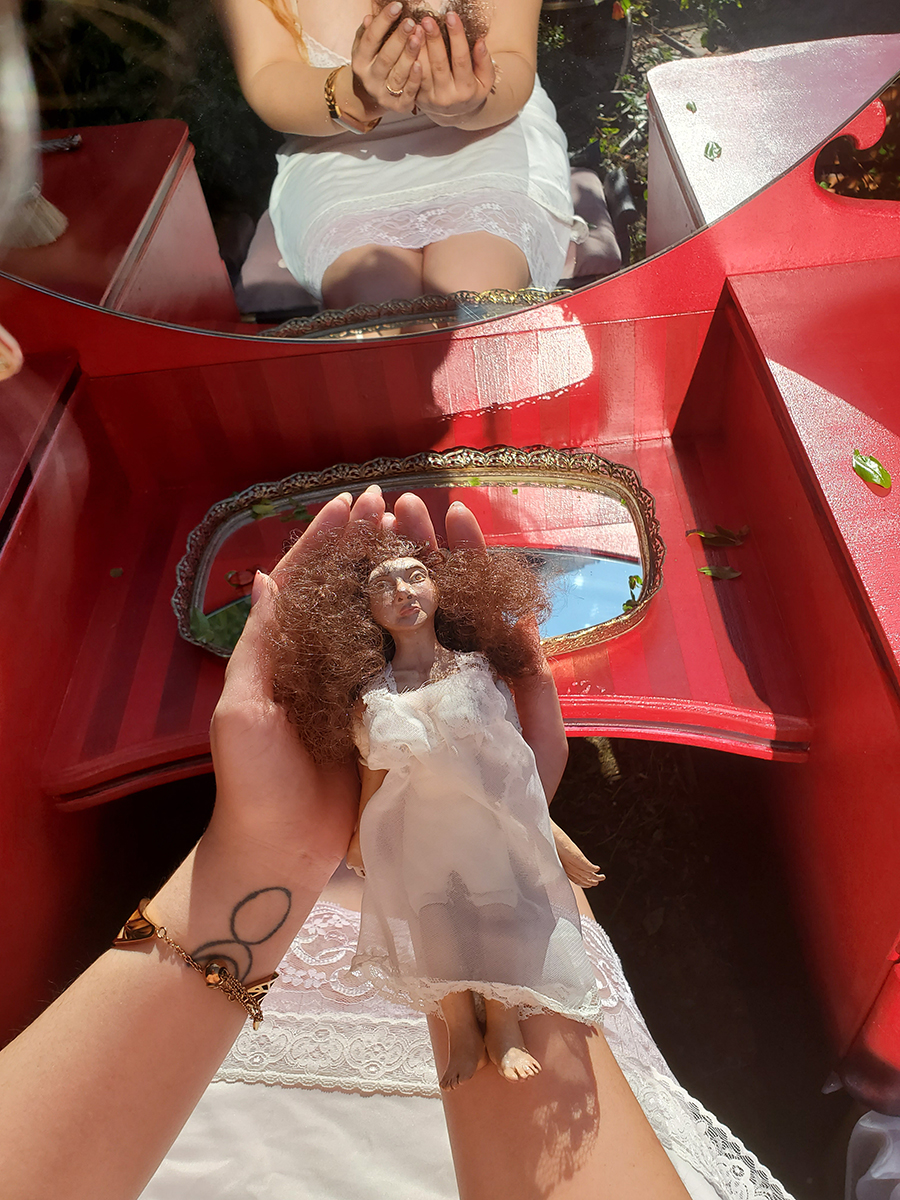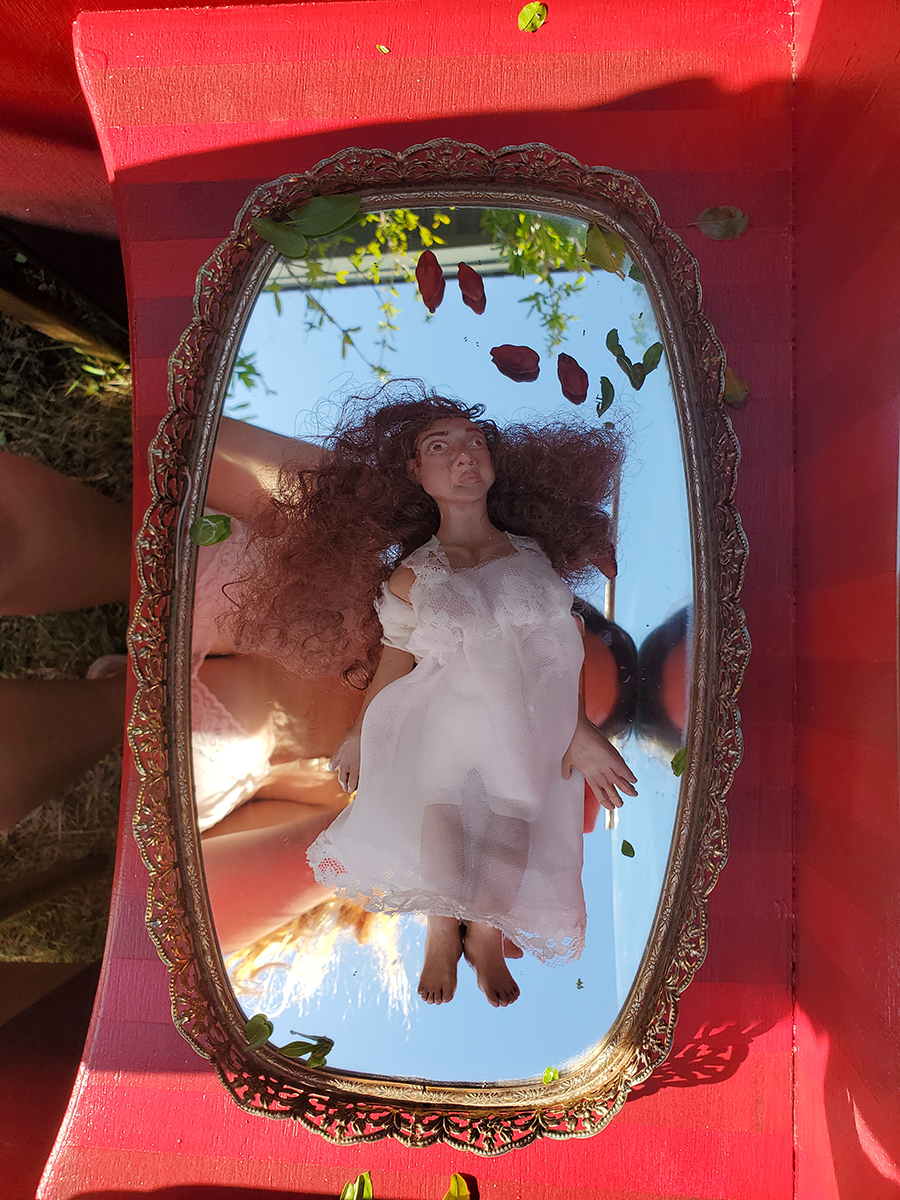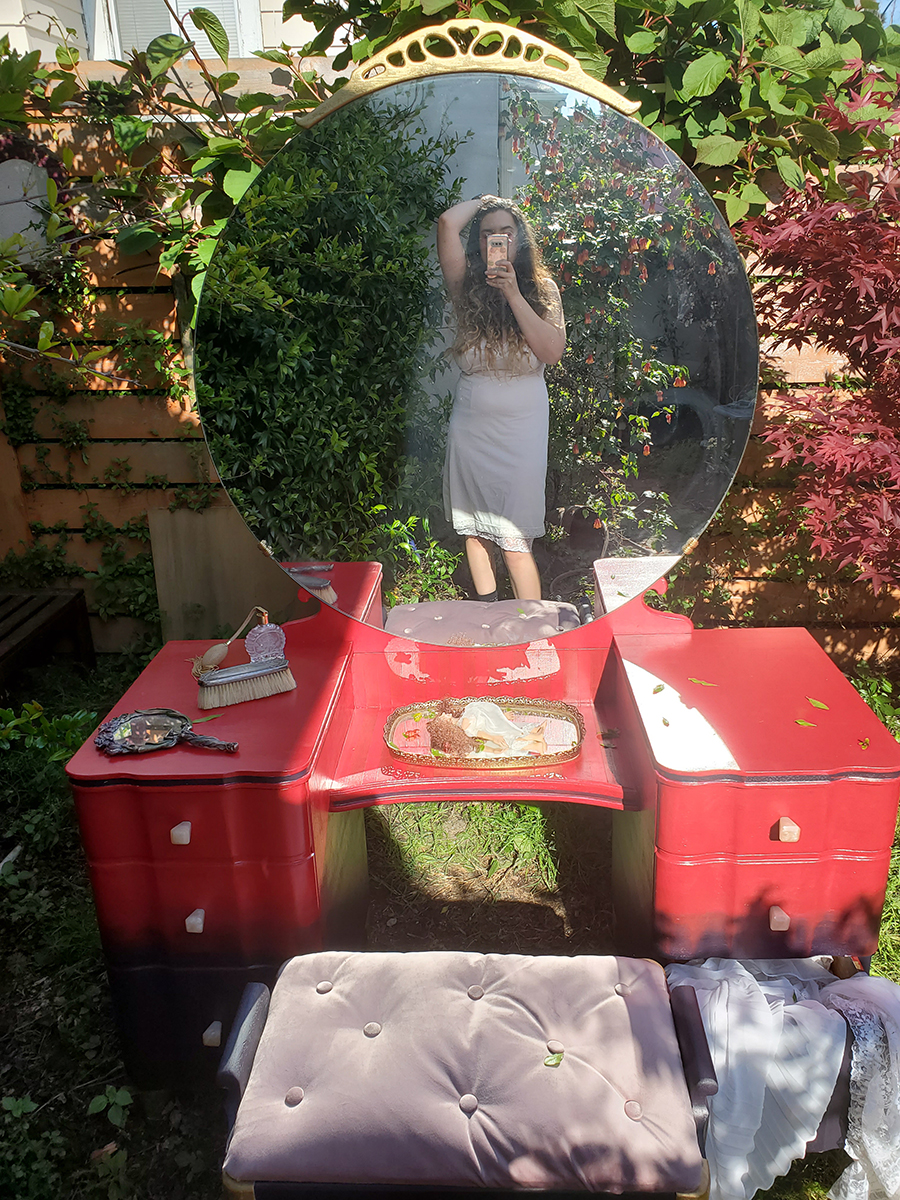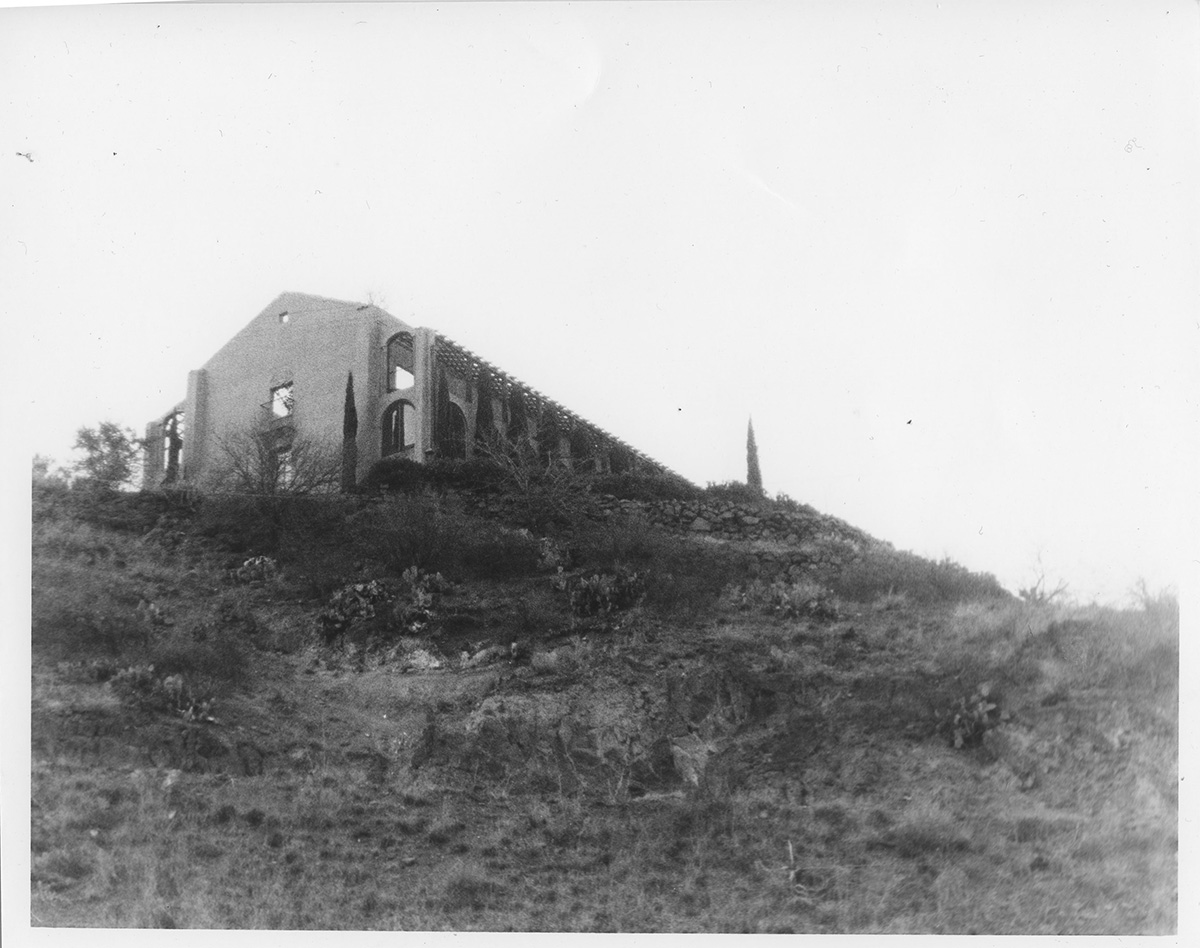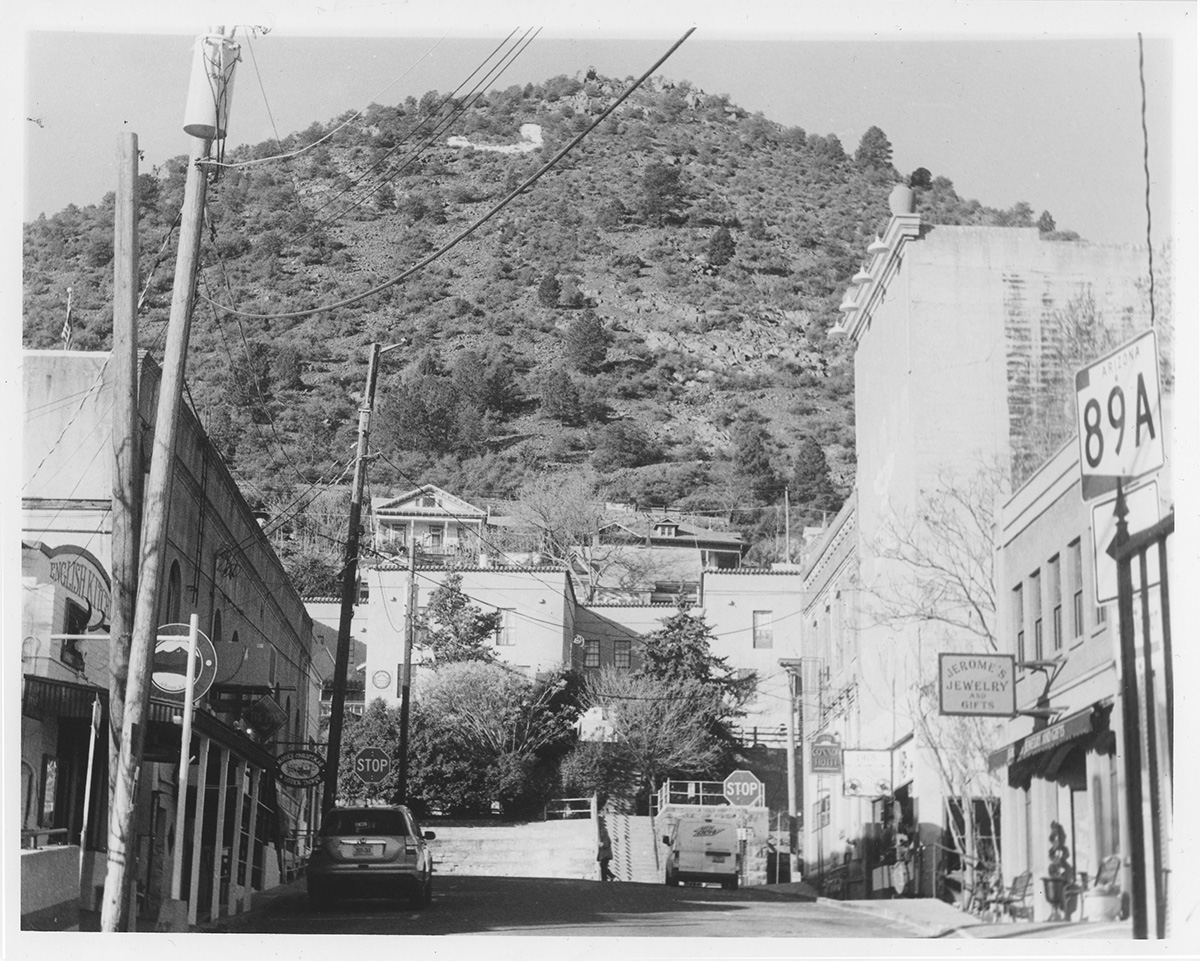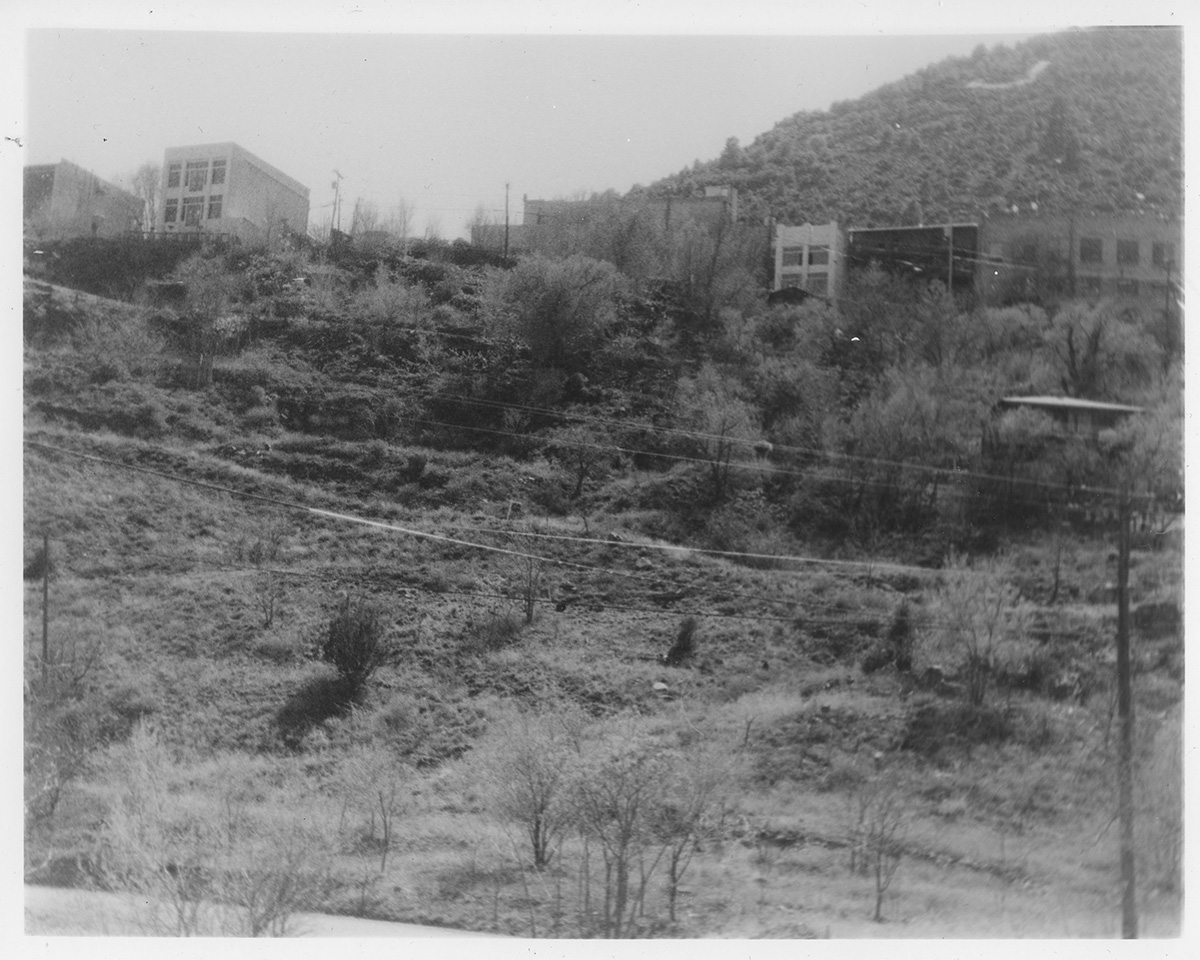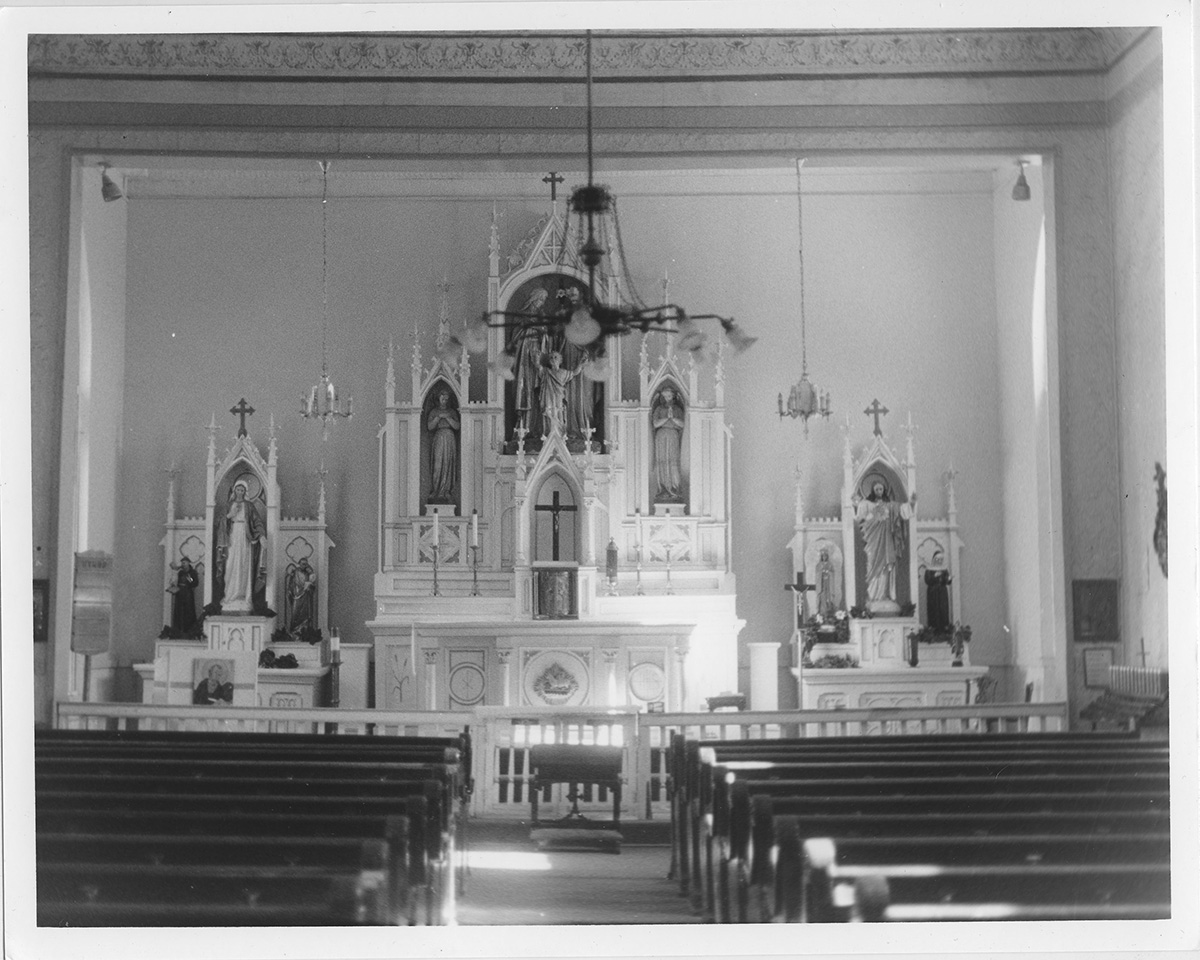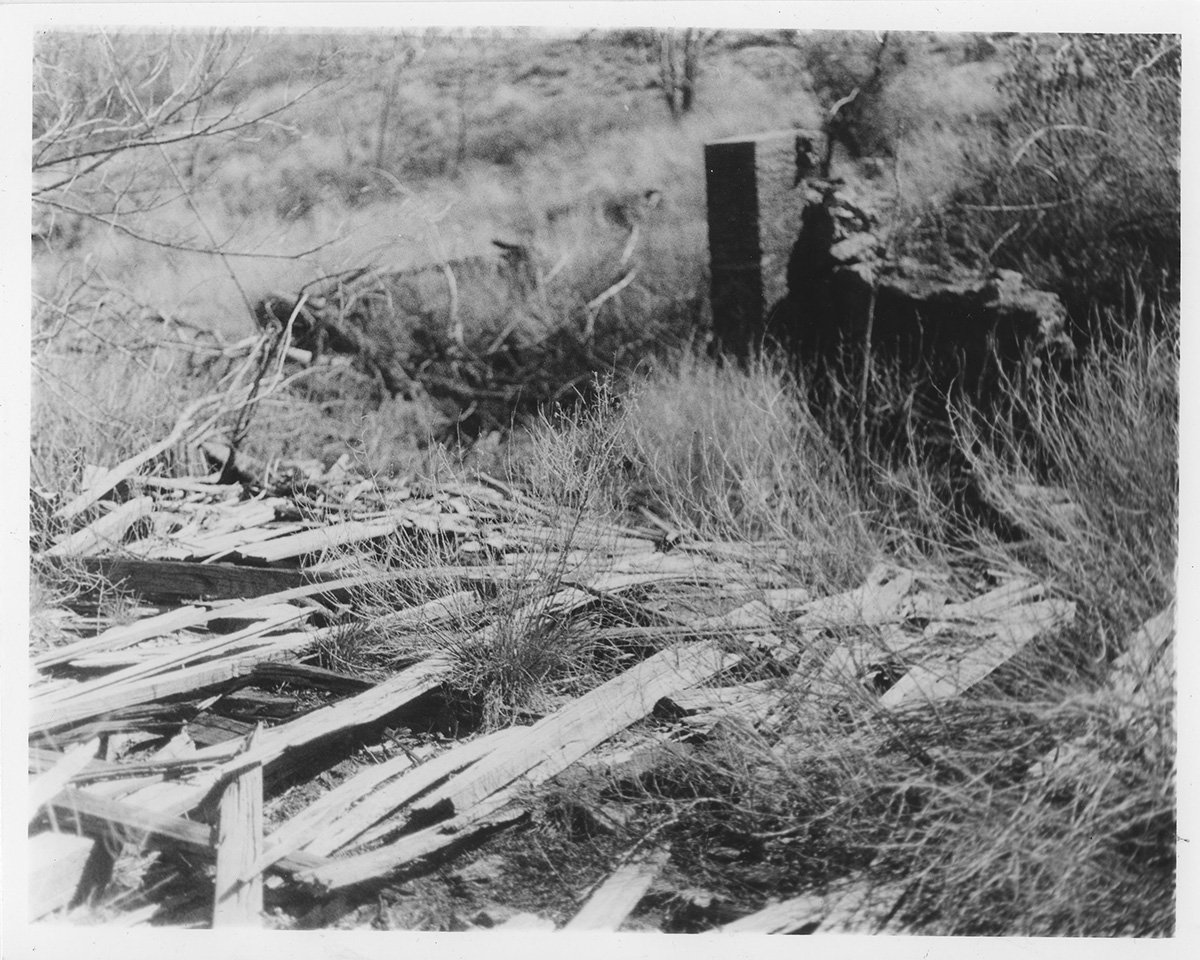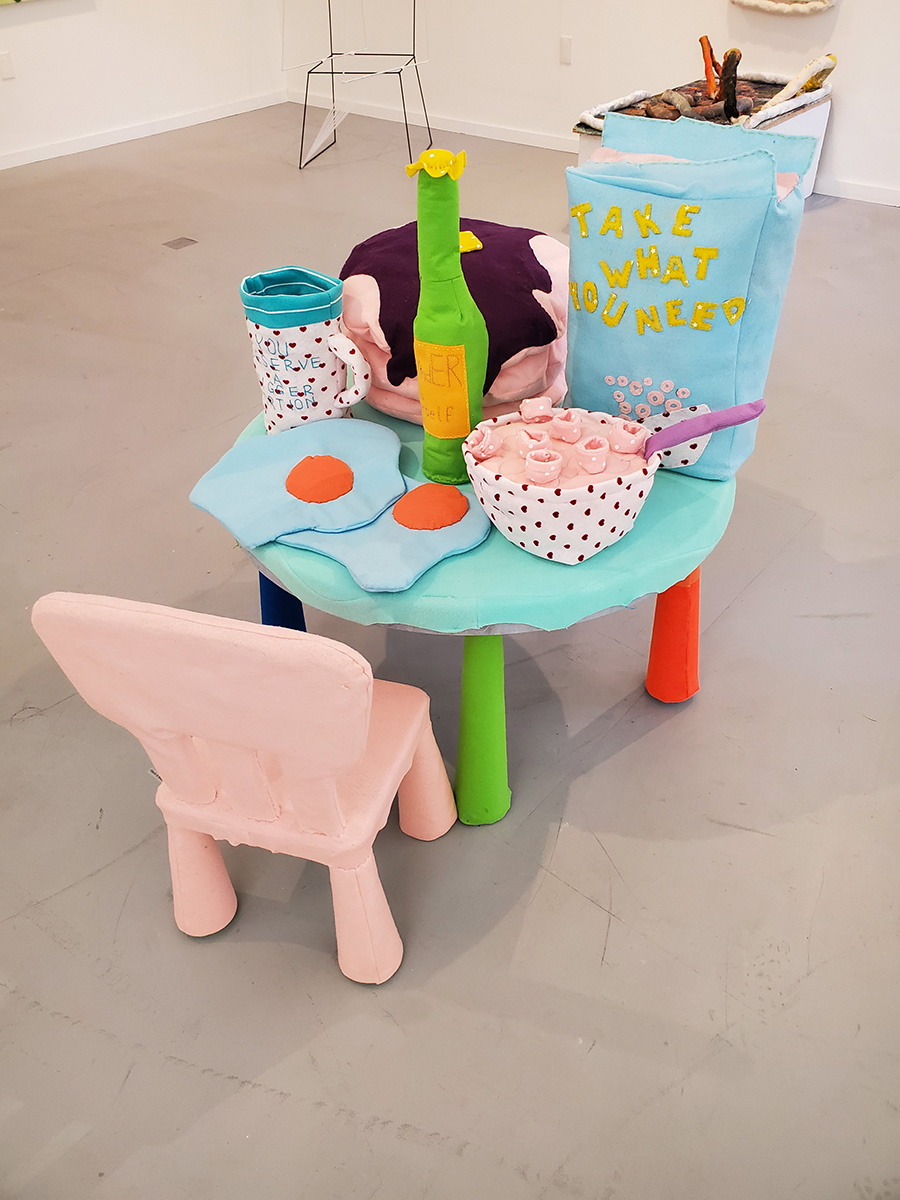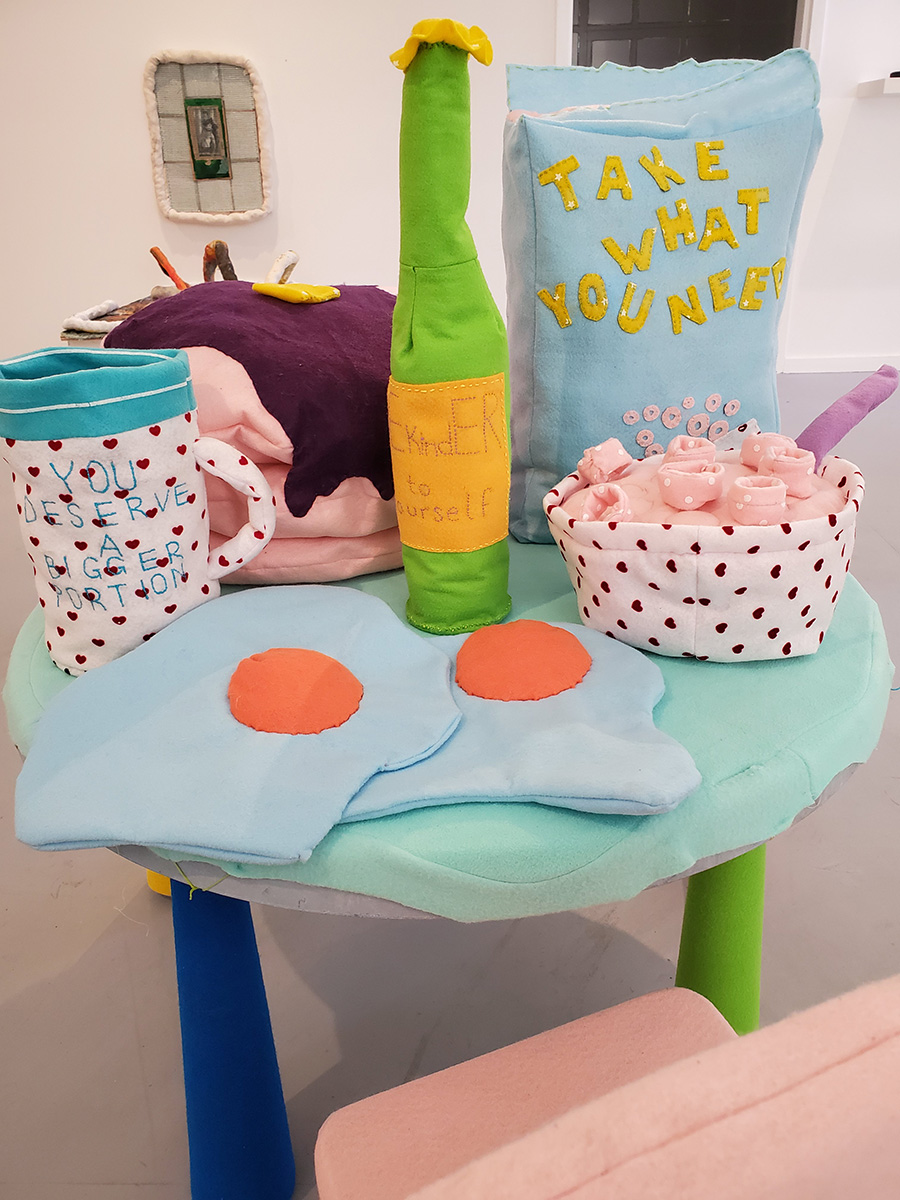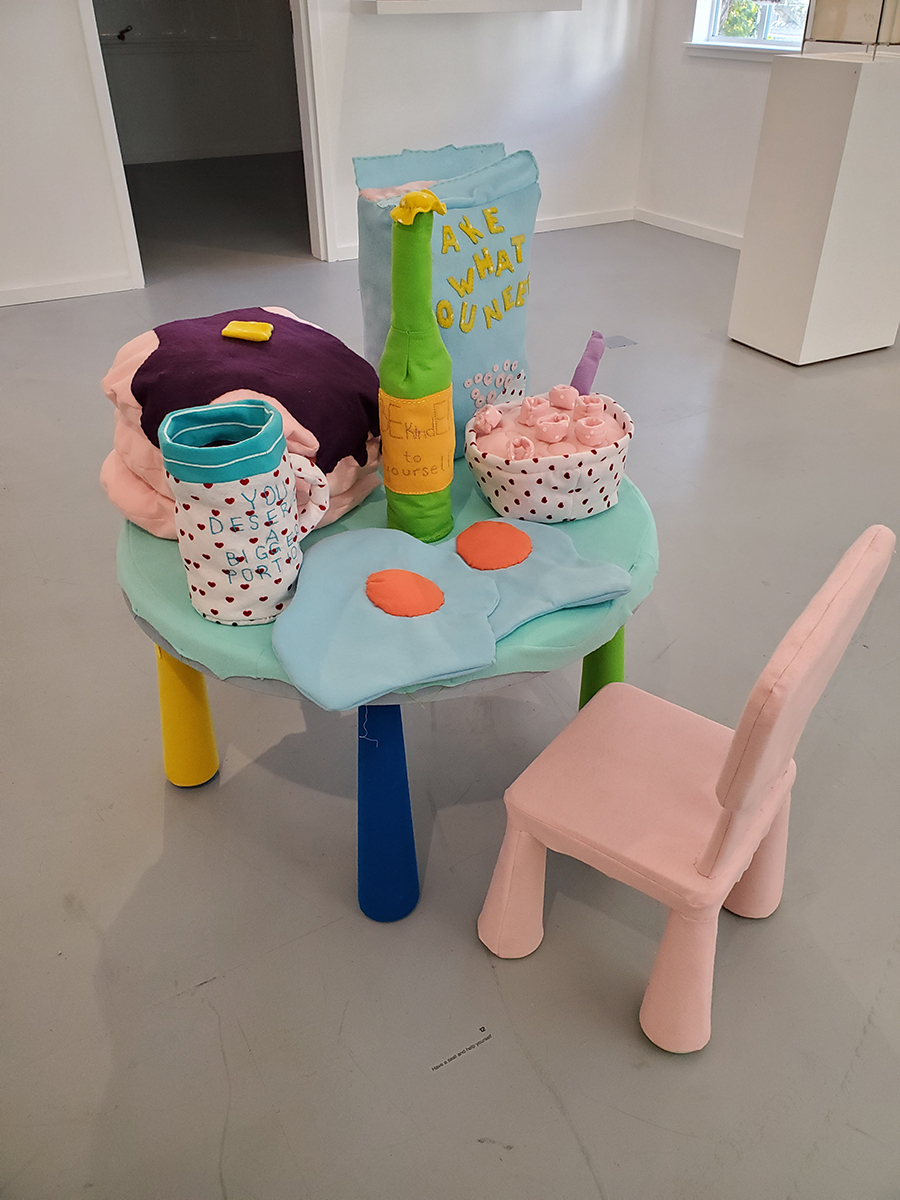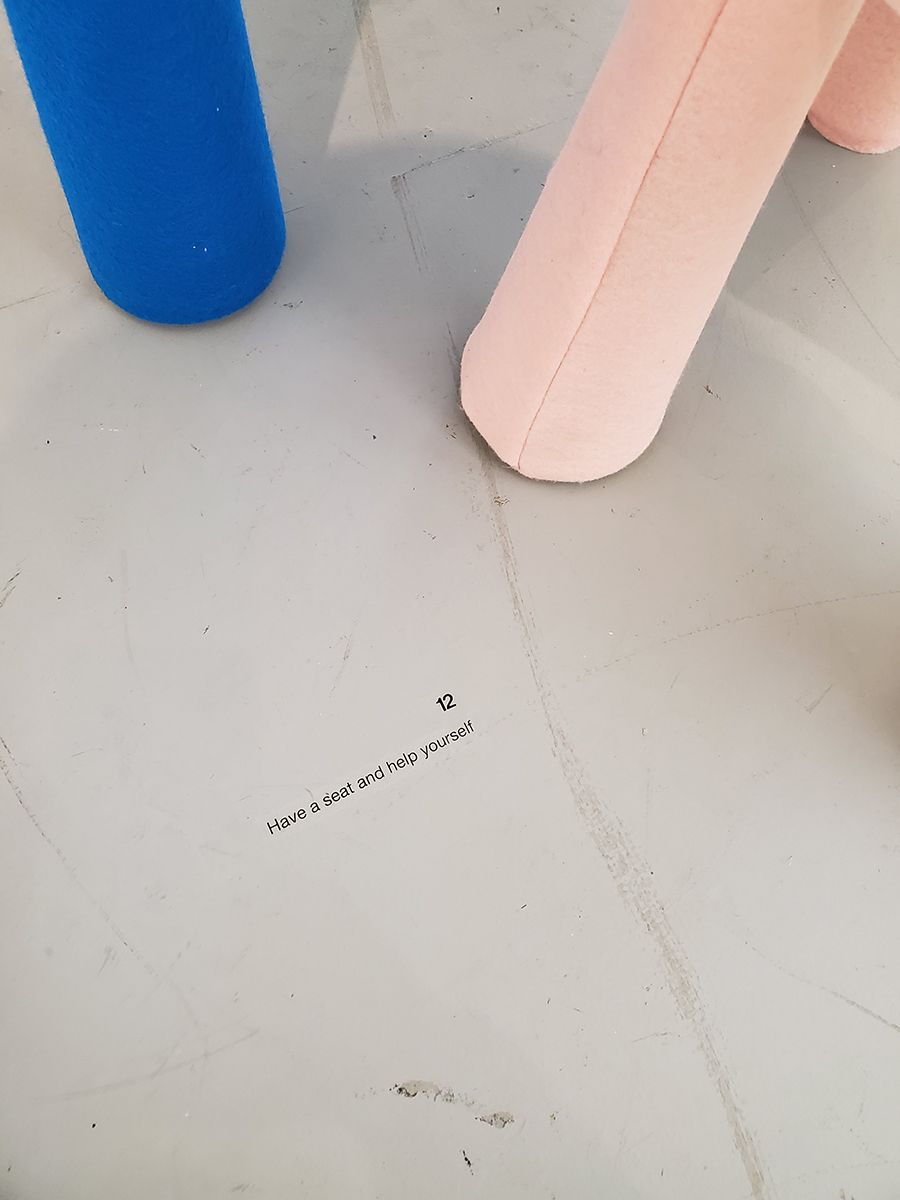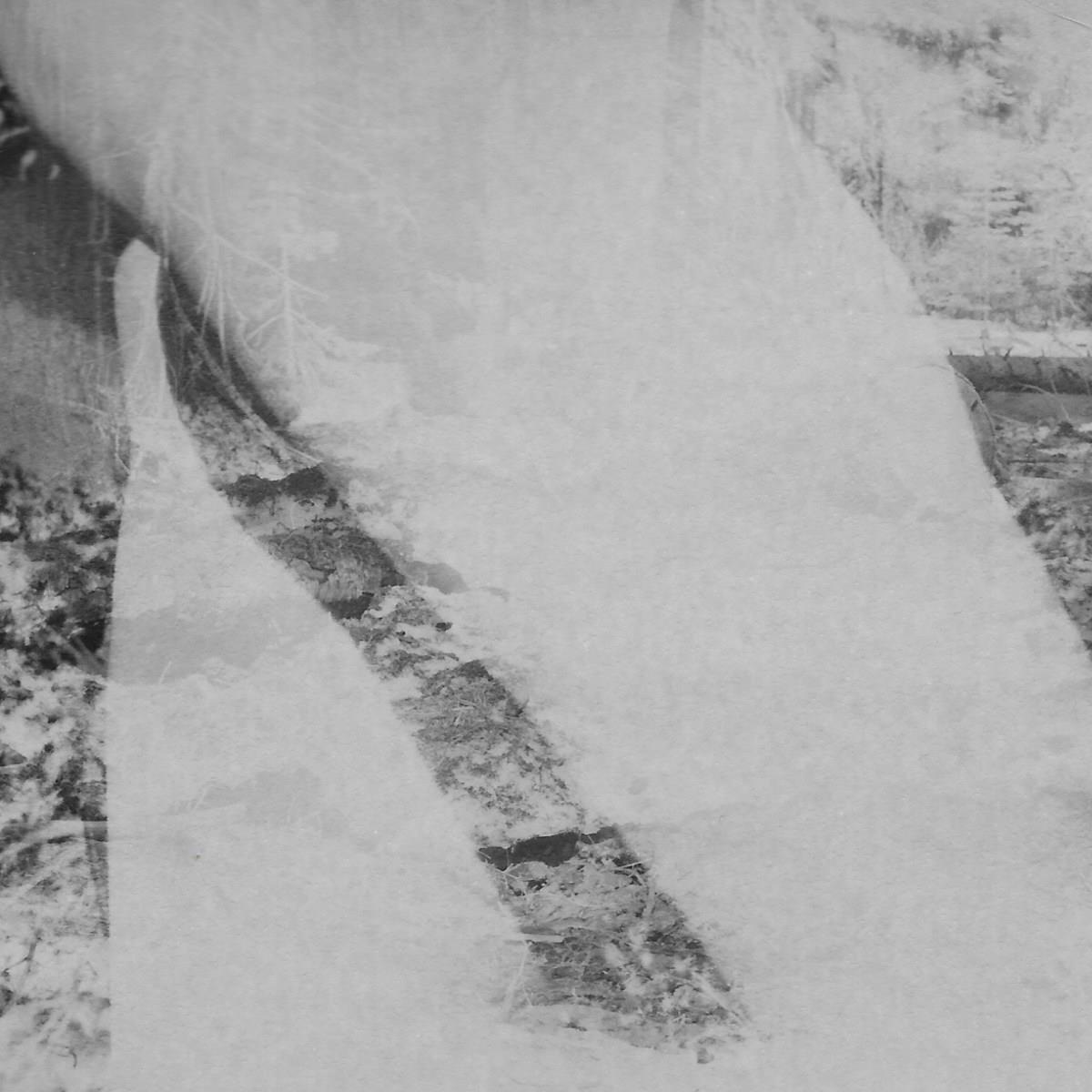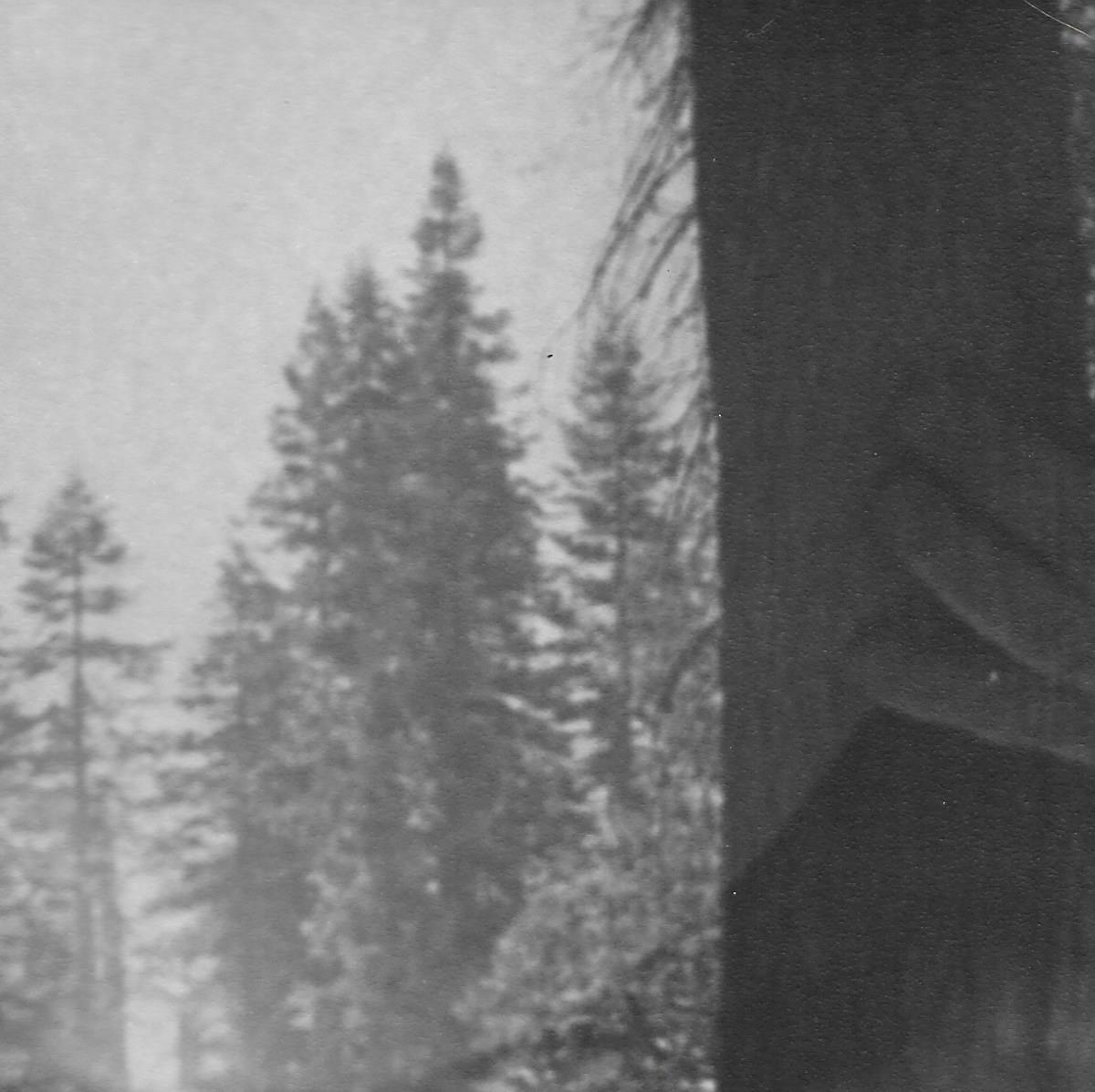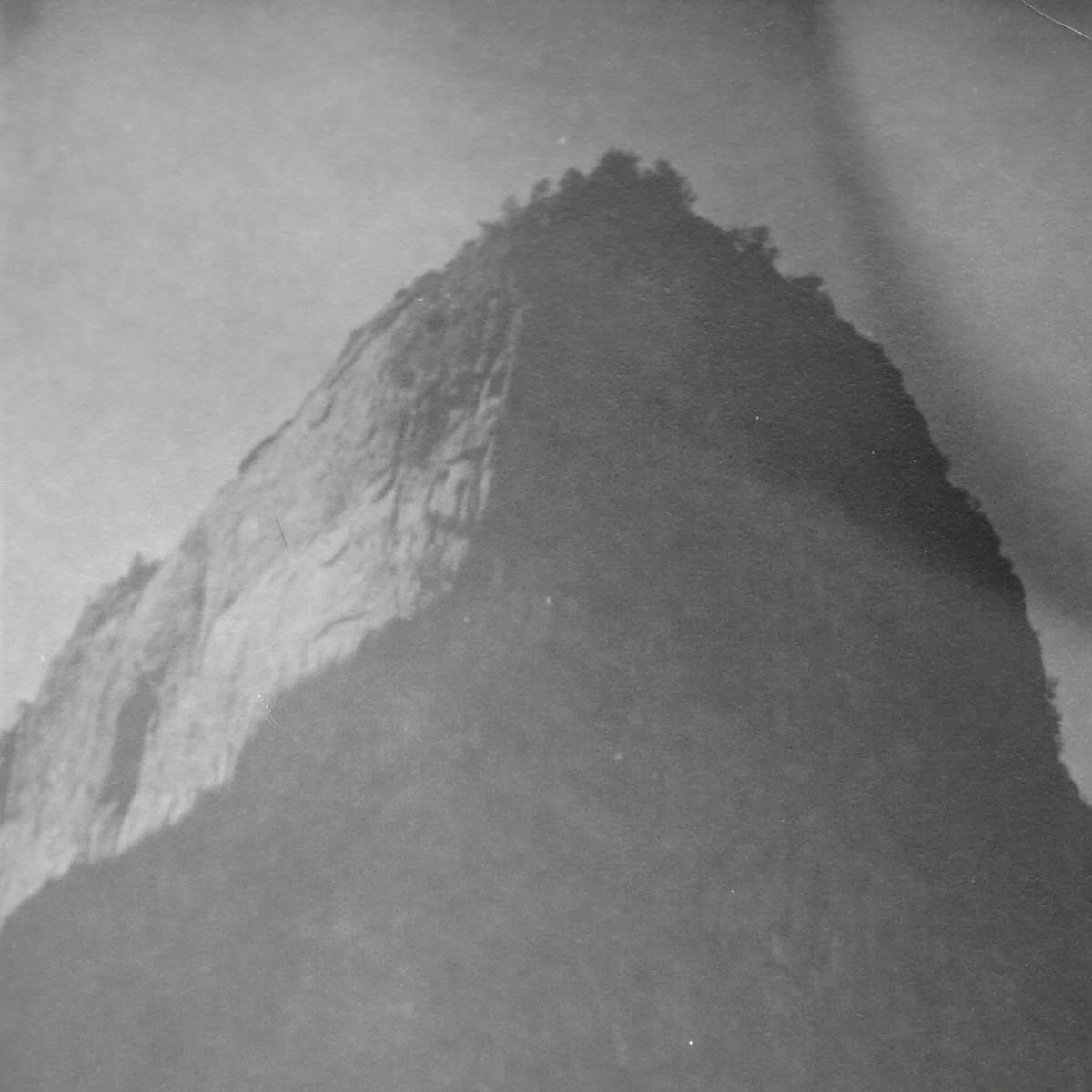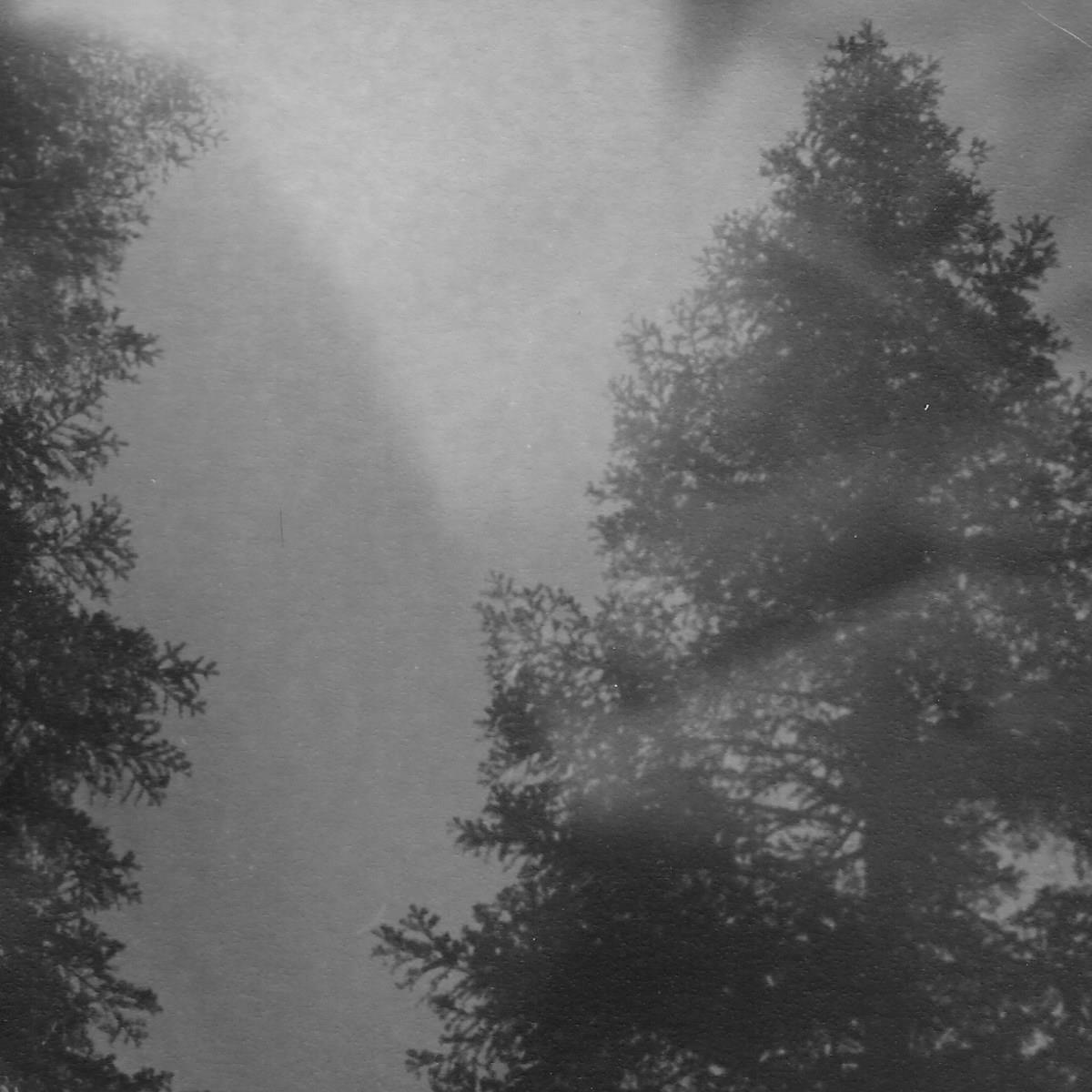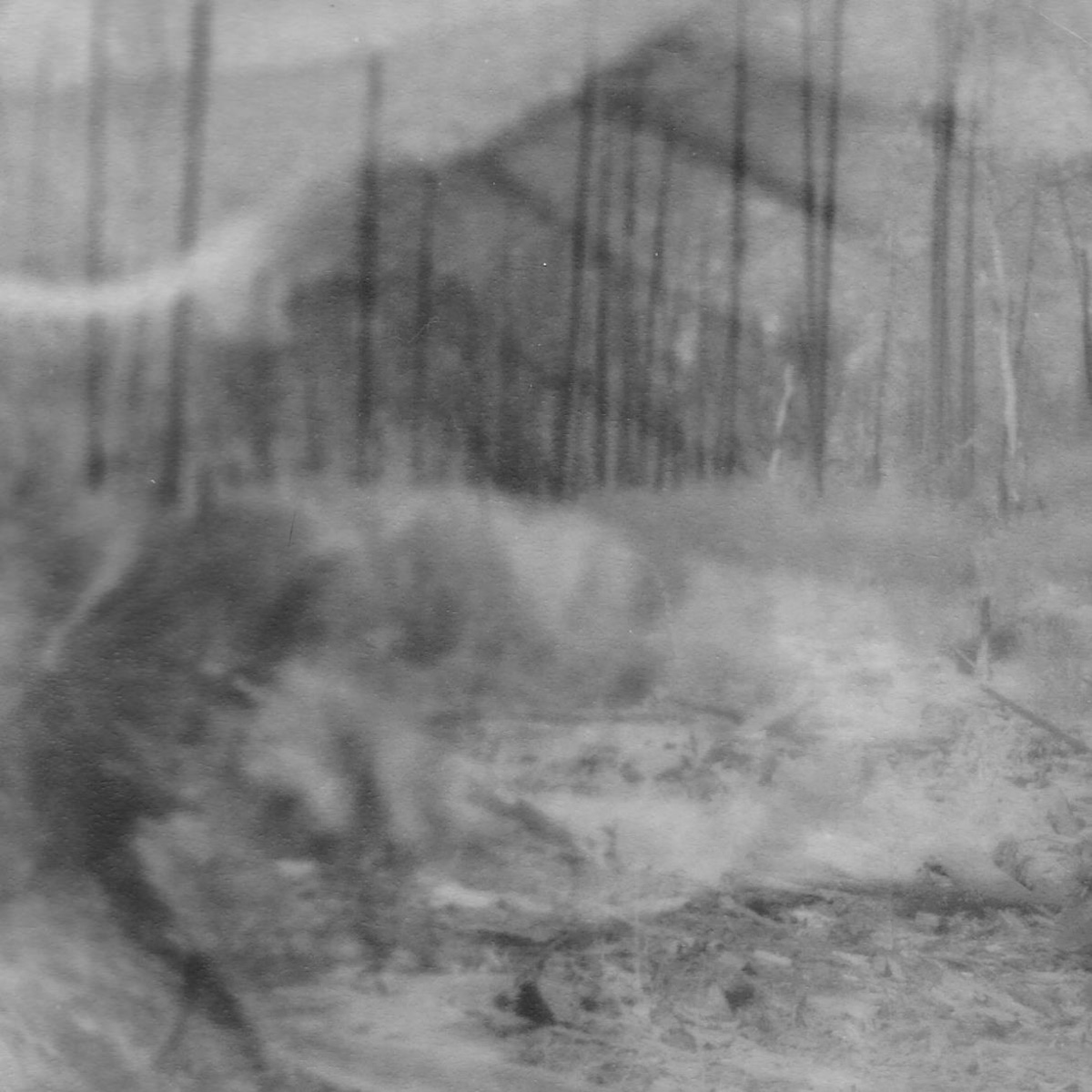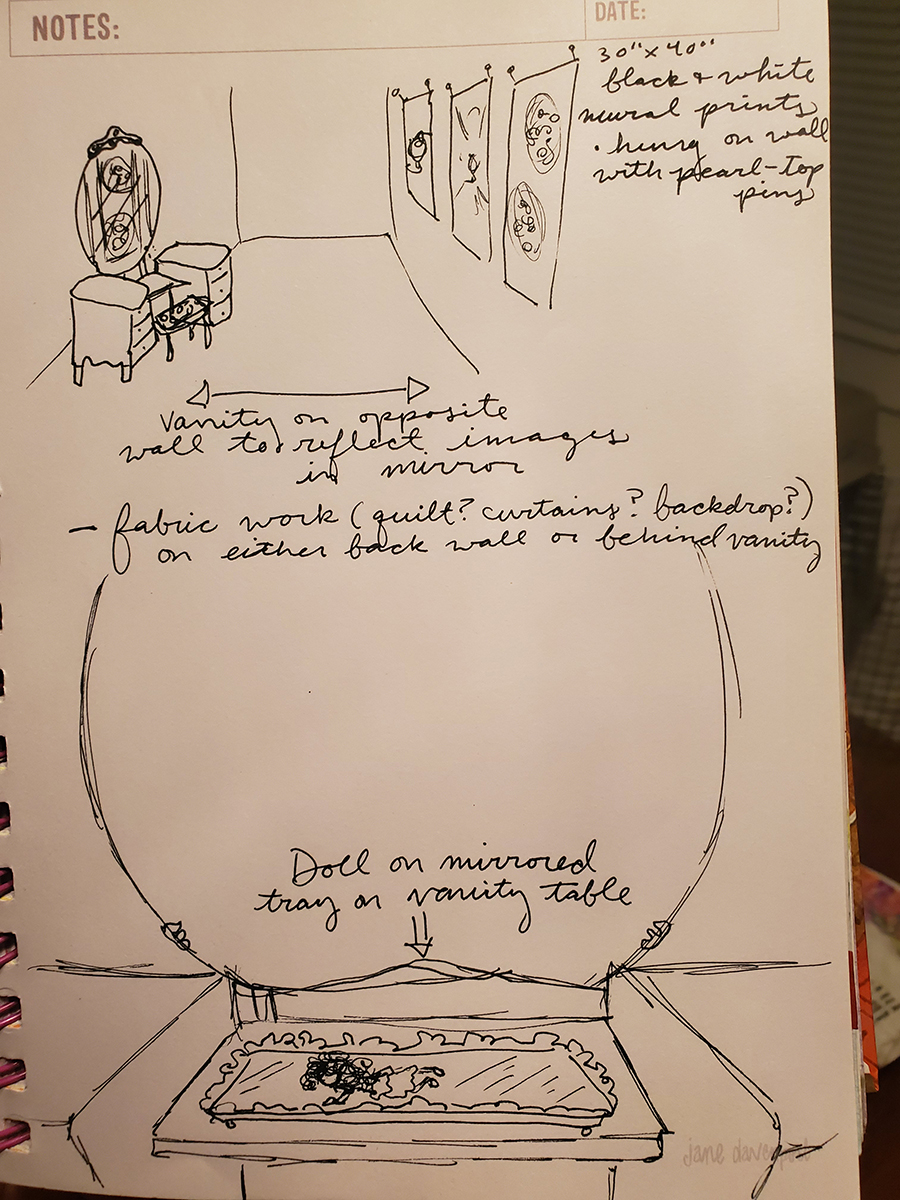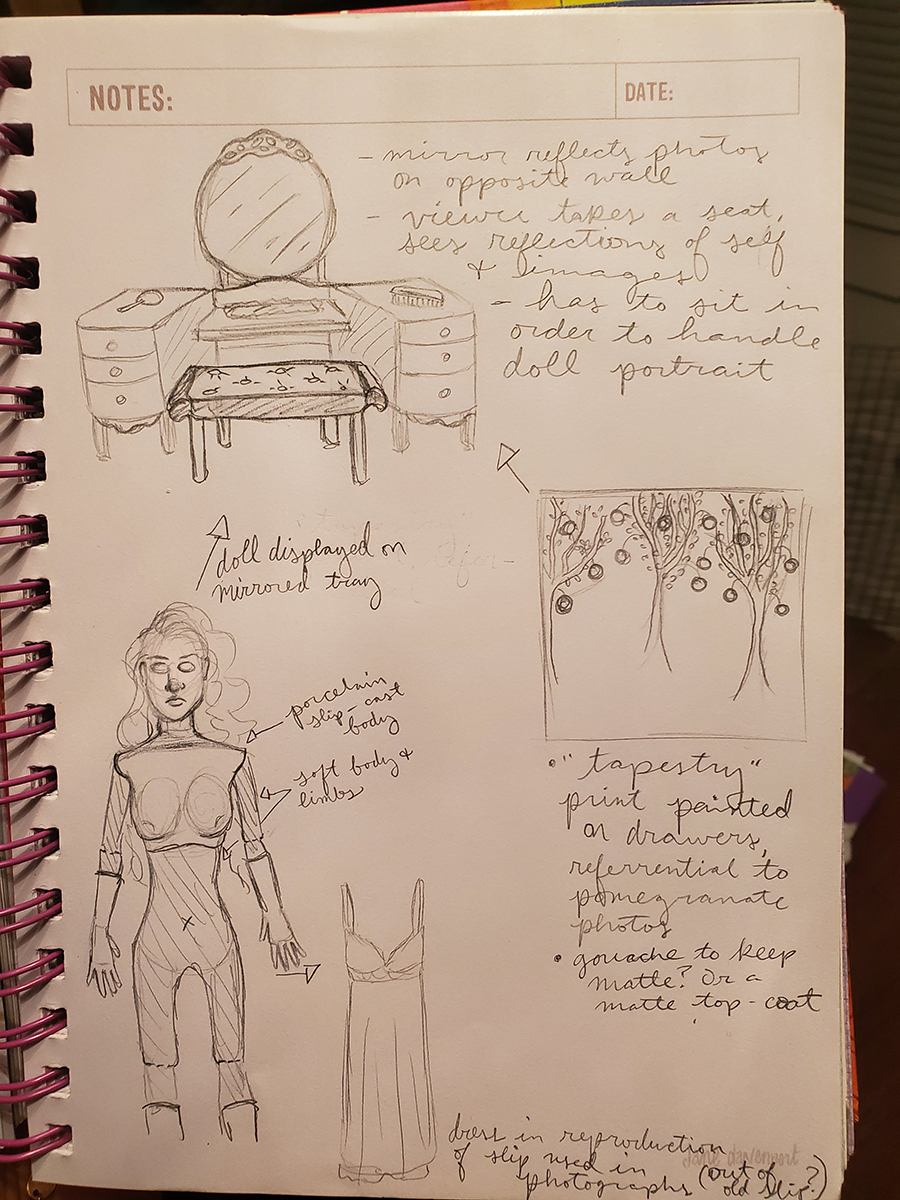Danielle Troi La Fontaine
I approach my work as a magpie of skills. I collect ways of making in the same way that I collect materials to make with. My drive as an artist is to learn how things are made and maintain a hands-on relationship with my work. I experiment with processes including paint, darkroom photography, fabric, and clay in order to gain a deeper understanding of self, relationships, and heritage.
Recently I have been challenging myself to get more personal with my practice. By approaching difficult topics through a lens of humor and whimsy, I address parallels between worthiness of craft and fine art and my own exploration of trauma and comfort practice. The questions, “Is it good enough?” or “Am I good enough?” feed into my dialogue with anxiety and neglect and my aim to counter both sentiments. I ascribe to the notion that art can be utilized as a coping mechanism by being both a tool for comfort and a form of self analysis. One way I have done this is by making an oversized meal out of brightly colored felt and encouraging the viewer to sit at a table and interact with the plush food items.
In my practice, the worthiness of craft and self directly relates to the connection of handicrafts and their societal relationship to women’s work and femininity. I am overcoming societal biases of what work is worthy of being involved in the artistic process by asking myself why I exclude or disregard my own skills as being craft, and therefore unworthy of the artistic setting. Part of this exploration comes from the idea that a useful object is craft, while an art object is only meant to be looked at with no inherent functionality. I have been creating objects that are meant to be used both before and after they have been put on display to be viewed as art in an exhibition environment. I encourage viewers to handle my pieces in an effort to eliminate the distance of touch within the gallery. My goal is to reestablish the functionality of art objects through sharing the comfort they give me while making them.
